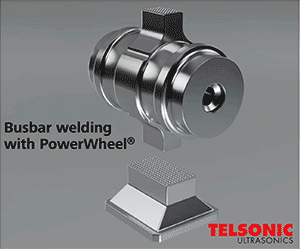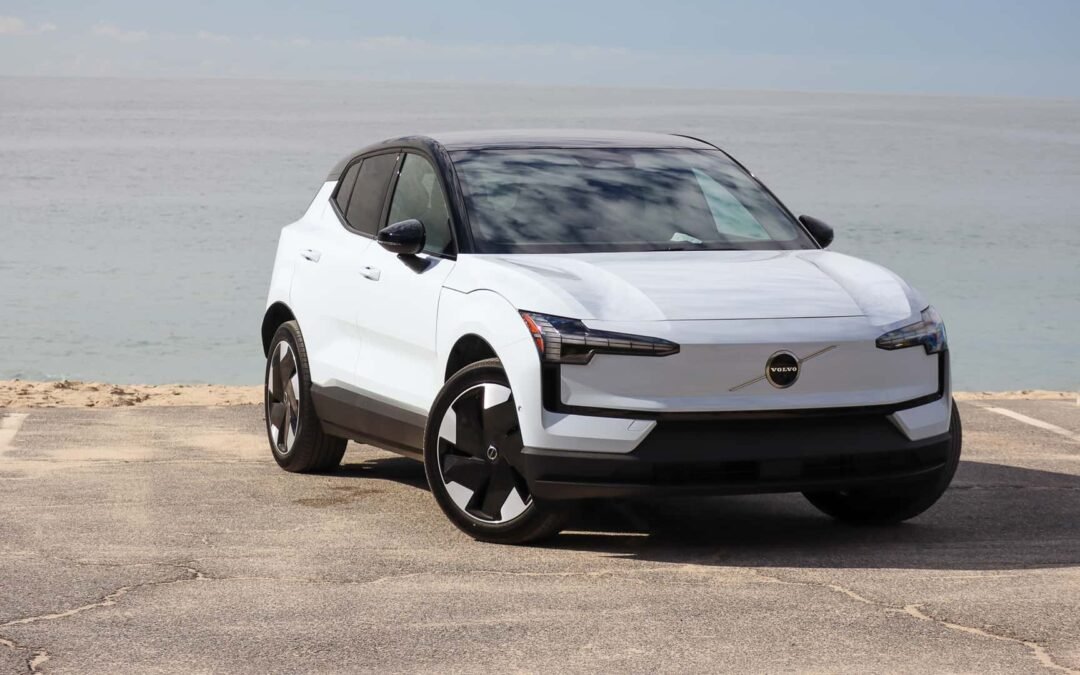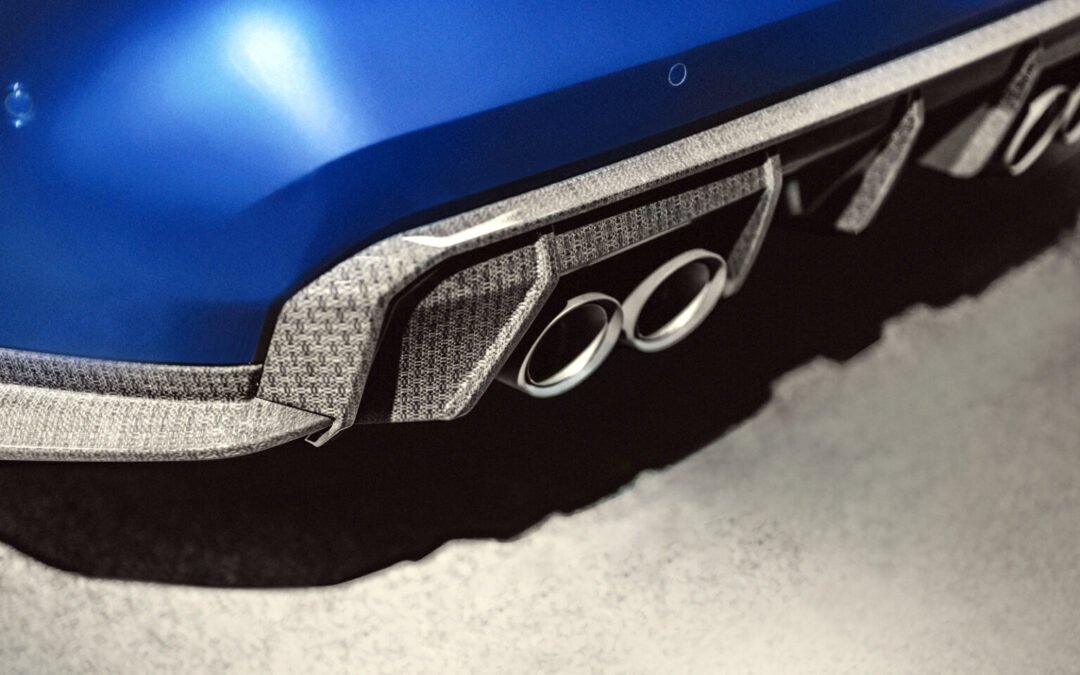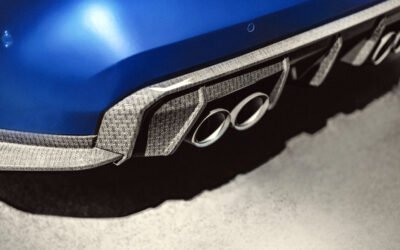When it comes to lithium-ion batteries in EVs, the stakes are high. A single malfunctioning cell can trigger thermal runaway—a rapid, uncontrollable rise in temperature and pressure that can result in fires or explosions. For engineers, preventing this isn’t just good design—it’s non-negotiable.
Charged recently chatted with Luka Sovulj from Epic Resins to learn how their epoxy and polyurethane formulations are designed to protect EV battery systems from moisture ingress, vibration, and thermal events. Their products can fully encapsulate battery cells—providing a barrier against environmental stressors while contributing to pack safety and lifespan. The company has over 50 years of experience in electronics and battery applications.
One of the key functions of these potting and coating materials is to manage thermal and mechanical stresses. When a battery is subject to repeated cycling, vibration, or thermal gradients, stress builds up in interfaces and components. By enveloping those components in a stable polymeric matrix, the compounds help dampen shock, reduce micro-cracking, and slow degradation. Luka notes that thermal runaway is a critical safety concern; their formulations are engineered to resist propagation through the pack by absorbing or dissipating heat and preventing expansion into adjacent cells.
Epic also offers custom formulation flexibility. They can tailor viscosity, gel time, filler type, and density to match a customer’s specific design or manufacturing constraints. For instance, a low-density filler could be used for lightweighting, while still maintaining thermal or mechanical performance. Or, faster cure times may align with high-throughput production lines. This alignment between material properties and manufacturing workflow is especially desirable in a field where pack design and assembly constraints vary among OEMs and suppliers.
Luka also contrasts non-cellular elastomers with foam materials. Unlike foams, which are largely composed of air and have limited structural and thermal performance, their elastomeric compounds offer higher tensile strength, better thermal conductivity, and more reliable flame retardancy. Because their materials do not expand or contract during curing, they avoid internal stresses and sensitivity to ambient conditions, such as temperature and humidity. That consistency is a major benefit when scaling from lab samples to large volume production.
Learn more at https://www.epicresins.com/E-Mobility.







0 Comments